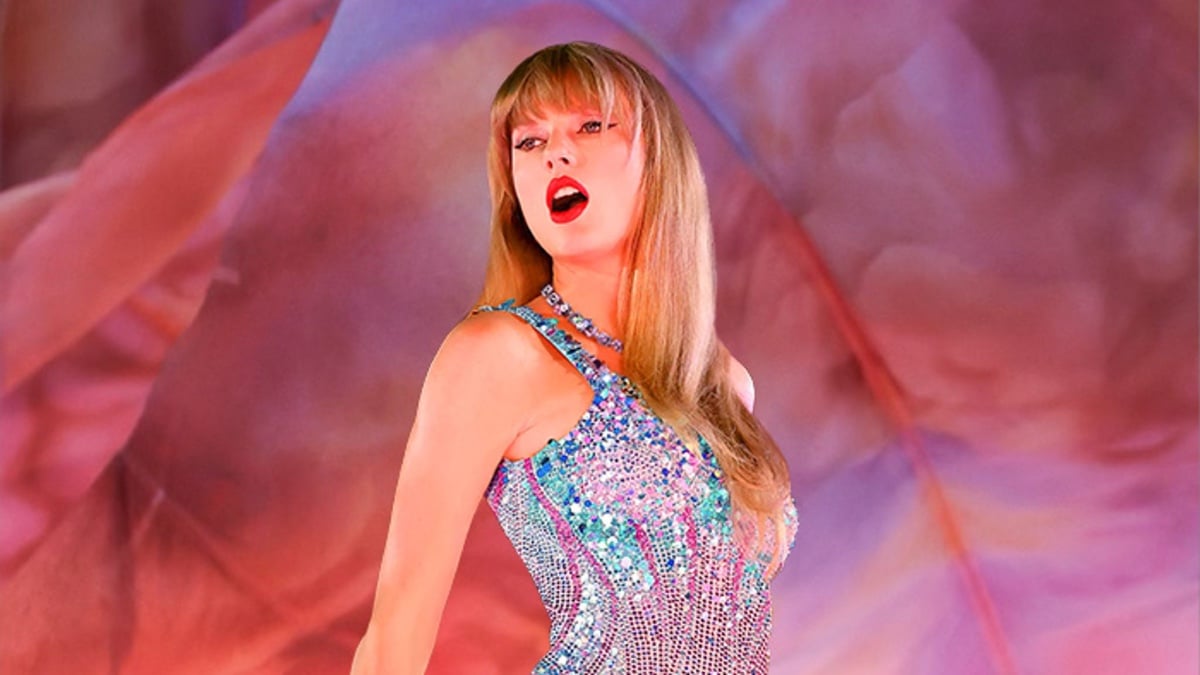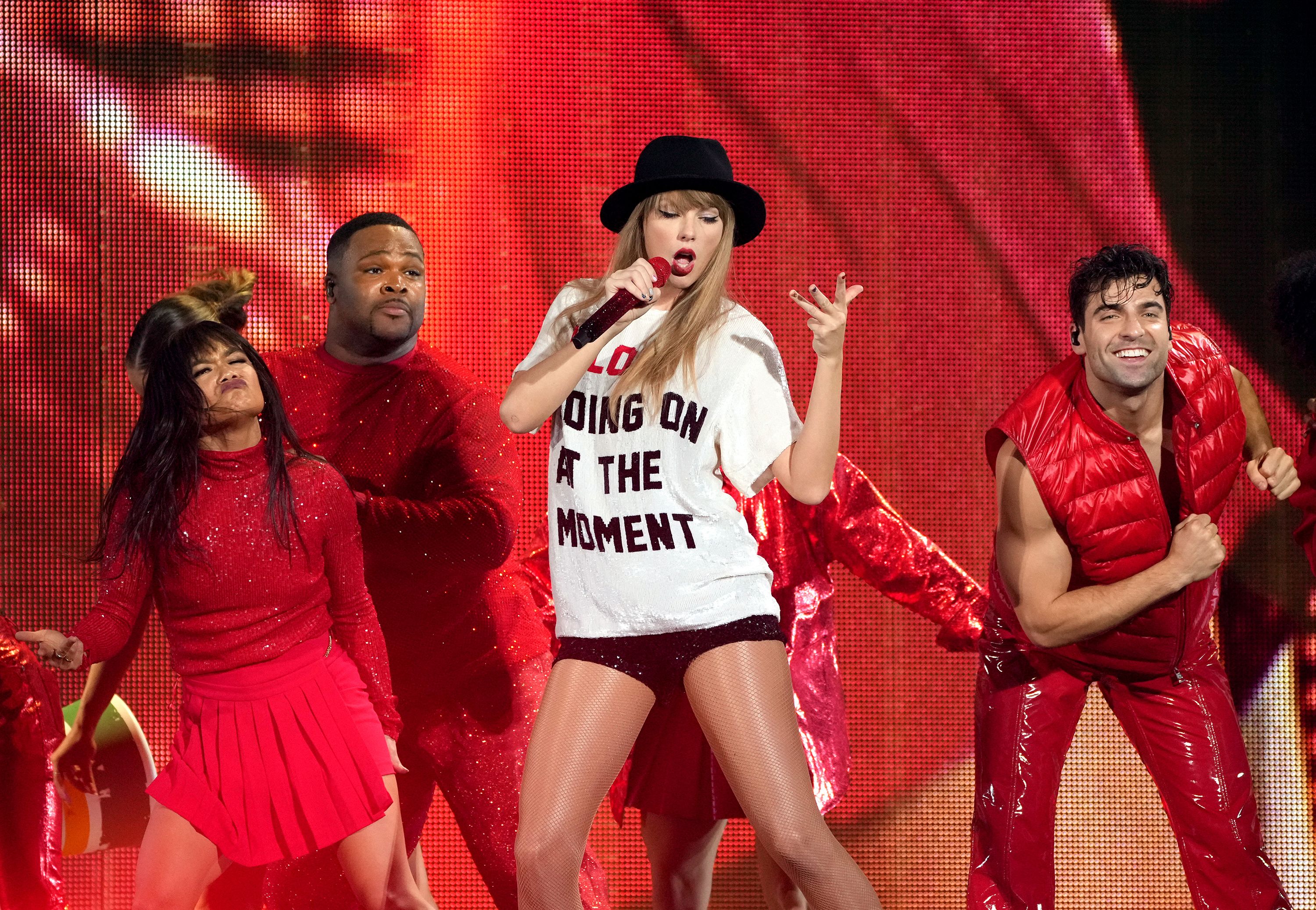
The buzz surrounding major live events is absolutely electric! When the most powerful pop star of the moment announces she’s coming to town, you know it’s going to be huge. Taylor Swift’s Eras Tour arriving in Italy, with dates in Milan on July 13 and 14, has been anticipated for months, and now that it’s drawing near, the excitement is palpable. But alongside the soaring emotions, a couple of key issues have really come to the forefront of discussion, touching on how fans interact with these massive cultural moments and each other. These issues aren’t just about getting a good spot or knowing what you can bring; they dig into the very heart of concert etiquette, a topic that’s become surprisingly complex in the digital age.
One major point of contention revolves around the practice of queuing, specifically, the long lines that form outside venues sometimes days or even weeks in advance. The desire to secure a favorable spot close to the stage is immense for highly anticipated shows. We’ve seen this phenomenon before, notably with Harry Styles, where grassroots fan organizations even formed to help manage the queue, keeping track of spots and allowing for necessary breaks. It’s a testament to the dedication of fans, enduring long waits under the sun, all for that chance to be closer to their idol. For the upcoming Taylor Swift dates, the question isn’t whether lines will happen, but rather how extreme they might become.
Social media has amplified these discussions, sometimes in unexpected ways. Graphics promoting lining up weeks in advance for the Swift concert began circulating, immediately igniting a heated debate online. Questions flew: Was this safe? Was it wise? What about people with jobs? The debate quickly escalated, becoming intertwined with fandom wars and anti-fandom sentiment. Some online commentators, reacting strongly to the perceived extremism of lining up for so long, were criticized for acting like “boomers,” ready to lash out at young fans without applying critical thinking. The reality, as pointed out within these discussions, is that those circulating graphics were likely fake – a textbook example of “rage bait” or trolling, easily debunked by anyone with a bit of common sense and a look at their implausible suggestions. It seems our eagerness to criticize can sometimes override our critical thinking, perhaps fueled, it’s suggested, by existing dislikes for certain artists.
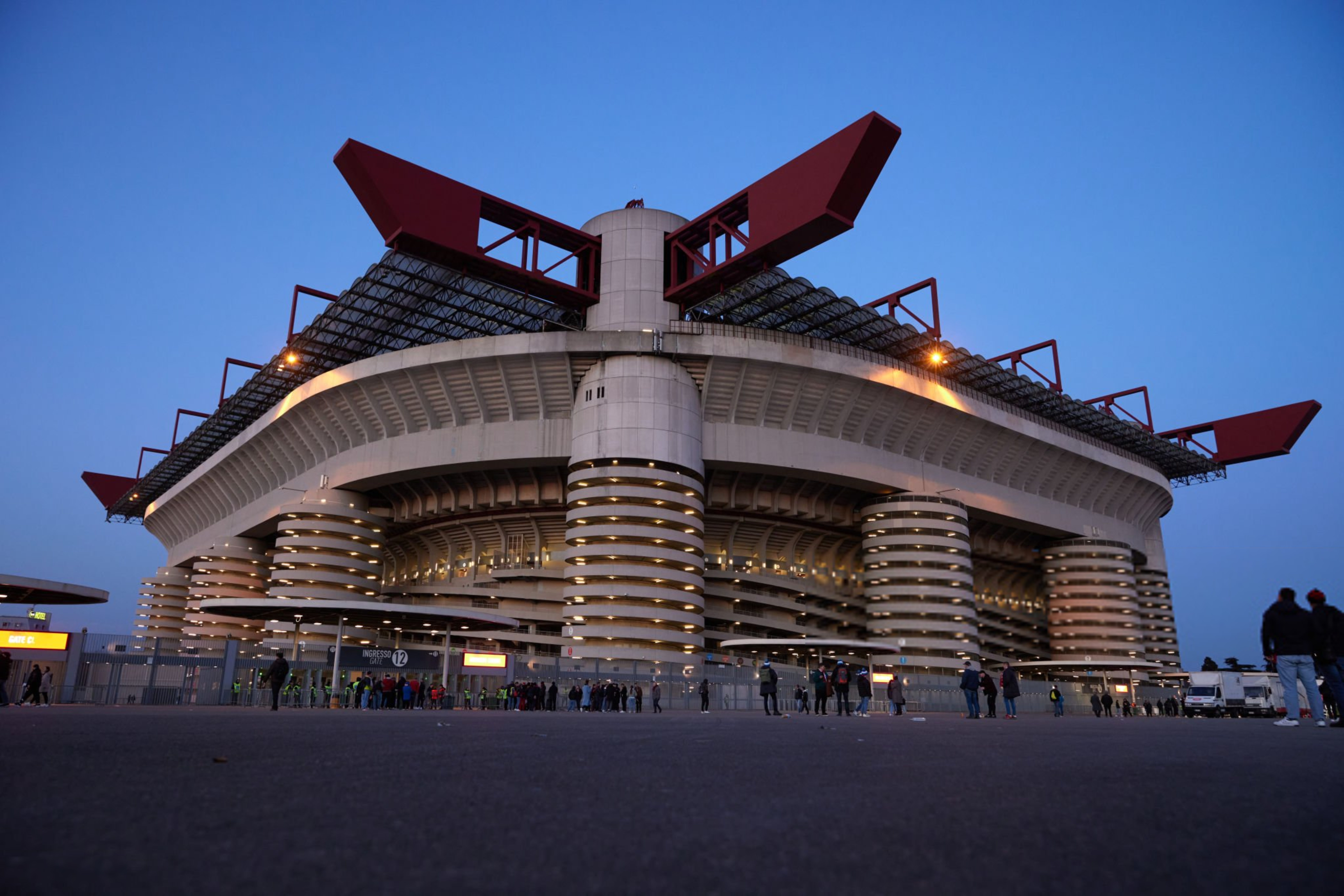
But the etiquette discussion extends far beyond just queuing. Another significant area of friction has been the rules and regulations governing what attendees can bring into the venue. For the San Siro dates, the official regulations published by the event organizer caused considerable anger among fans. Initially, the list of prohibited items was extensive and, to many, excessively restrictive. Items listed included anything obscuring the face (save for medical/religious items), clothing that obstructs views, handcuffs, animals (unless service animals), chains, studded jewelry, various personal transport devices like bicycles and skateboards, glass, hard plastic, or metal containers, umbrellas, strollers, stadium horns, briefcases, bags larger than a clutch or non-transparent bags, any weapons, flammable materials, spray products (sunscreen, pepper spray, insecticides, paint), balloons, frisbees, projectiles, musical instruments, laser pointers, sticks, poles, batons, alcoholic beverages, food, illegal substances, flyers, banners, signs, political billboards, professional cameras, camcorders, GoPros, power banks, drones, lights, selfie sticks, laptops, and tablets. Video or audio recordings were limited to personal cell phones, and even water bottles were restricted to one clear plastic bottle, no larger than 50cl. This stringent list led to outcry, with fans comparing the rules for a Taylor Swift concert to those for football matches at San Siro, suggesting the former were excessively harsh.
Fans voiced their frustration, asking how they could manage with a dead phone after a long day, why they couldn’t carry pepper spray for safety returning home, and feeling forced to purchase overpriced food and water inside the venue. Coupled with the anticipated long waits in potentially hot weather, even if not weeks in advance, these concerns highlighted risks to fan well-being, drawing somber parallels to the tragic incident in Brazil where a young fan lost her life. Faced with fan backlash, the rules for San Siro were later updated, allowing backpacks of a certain size (25x30x20 cm), power banks (if smaller than the phone), and food. This adjustment indicates that fan feedback, and the practical realities of attending such a large event, can influence policy.
Beyond the queues and the official rules, a broader conversation about concert etiquette has been raging, particularly since the pandemic. Many feel that after spending so much time isolated at home, some people seem to have forgotten the unwritten rules of behaving in public, especially in crowded concert settings. This sentiment is fueled by a series of alarming incidents that have occurred recently at concerts involving various artists. These include a fan reportedly throwing their mother’s ashes on stage at a Pink concert, Bebe Rexha being hit by a phone thrown from the crowd requiring stitches, and Cardi B throwing a microphone after being splashed with a drink while performing.

These incidents of throwing objects at performers have become a significant part of the etiquette debate. While it might seem like common sense that throwing things at artists on stage is unacceptable, these occurrences suggest it’s a behavior that still needs to be explicitly called out. Artists themselves have addressed this. During her Eras Tour in Buenos Aires, Taylor Swift directly asked fans to stop throwing items on stage, citing safety concerns for herself and her dancers who could trip. She acknowledged the gesture of bringing presents but stressed they should not be thrown onto the performance area. Other artists have been physically harmed; Harry Styles was hit in the eye by a Skittle thrown during a show in Los Angeles in 2022, causing visible discomfort. More recently, Billie Eilish was hit by a necklace thrown at her during a concert in Glendale, Arizona, flinching and showing visible disappointment. While some fans defend throwing things as a way to interact, suggesting it’s acceptable if the artist ‘welcomes’ it (like Pink reportedly does), many others find it “cringe and disrespectful,” mourning a perceived loss of traditional concert etiquette. It’s clear that for most, regardless of intent, throwing projectiles at performers is crossing a line.
The etiquette discussions aren’t limited to interactions with the artist; they also concern how fans interact with each other. Behaviors that can negatively impact the experience of those around you are frequent topics of online debate. Shrieking excessively, for instance, has become a point of contention. A viral TikTok from a Taylor Swift show in Sydney highlighted this, with a concertgoer complaining about a fan “screeching” through the songs, making it difficult to hear Taylor herself. The video sparked a mixed reaction online; some defended the enthusiastic fan, arguing that screaming along, especially during iconic songs like ‘All Too Well’, is part of the experience. Others agreed that excessive noise from fellow attendees can indeed ruin the show for others who paid to hear the artist. The debate boils down to a conflict between individual expression of excitement and the collective experience of the audience.
Another common complaint involves the overuse of phones during concerts. The sarcastic observation “Everyone just living in the moment, no phones in sight” is a frequent comment under concert videos online, highlighting the perceived issue of fans watching the entire show through their phone screens. Critics argue that constantly filming or holding up phones obstructs the view for people behind them and detracts from the shared, immersive experience of live music. Music outlets like Rolling Stone have weighed in, advising fans to “put your phone away and live in the moment,” suggesting that you paid for a live experience, not a recording session. This practice again pits individual desires (capturing the moment, sharing on social media) against the communal enjoyment of the event.

Interestingly, this debate about audience participation and behavior isn’t entirely new, and it’s not confined solely to concerts. The question of how audiences should behave in shared viewing spaces has a long history, even in movie theaters. When movies were a new medium in the early 20th century, there were intense debates about appropriate behavior – should lights be on? Should talking be allowed? Even segregation was a part of the moviegoing experience until the Civil Rights Act of 1964. In 1944, MGM released a short film called ‘Movie Pests’ specifically warning against disruptive behaviors, some of which (like sticking gum) are still frowned upon today, while others (like using hat racks) are relics of a bygone era. This historical context shows that societies have always debated how to act in public entertainment venues, and those norms are constantly evolving.
The recent theatrical runs of films based on major tours or musicals, like ‘Taylor Swift: The Eras Tour’ and ‘Wicked’, have brought the audience participation debate into the cinema space. During screenings of the Eras Tour movie, fans were filmed dancing and singing along, replicating the concert experience in the theater. This behavior, while celebrated by some as extending the ‘event’ feel, annoyed other moviegoers who expected a traditional quiet viewing experience. A viral video showed one woman at a ‘Wicked’ screening confronting others, stating she was there to hear the actors sing, “not you.” The debate became so prominent that even stars weighed in, with ‘Wicked’ star Cynthia Erivo saying singing along is “wonderful” and ‘Moana 2’ star Dwayne Johnson suggesting people who paid should be able to sing. This, too, met backlash online, with critics arguing they also paid and didn’t want to hear amateur singing. Movie chains like Alamo Drafthouse, known for strict no-talking/texting policies to ensure an immersive experience, represent one end of the spectrum, believing respect for the film and fellow viewers is paramount. However, some theaters and distributors have leaned into the participatory aspect, offering special sing-along screenings for films like ‘Wicked’ and recognizing that for films tied to fan culture, the audience might specifically want to engage collectively. Michael Barstow of ACX Cinemas saw the dancing and singing at the Swift movie screenings not as a problem but as part of the experience people paid for, suggesting venues should “lean into and embrace” it rather than being “the fun police.” This mirrors the concert debate: balancing the desire for collective, expressive fan engagement with the need for mutual respect and ensuring everyone can enjoy the event they paid for. The core tension remains: who gets to define the ‘right’ way to experience these shared cultural moments?
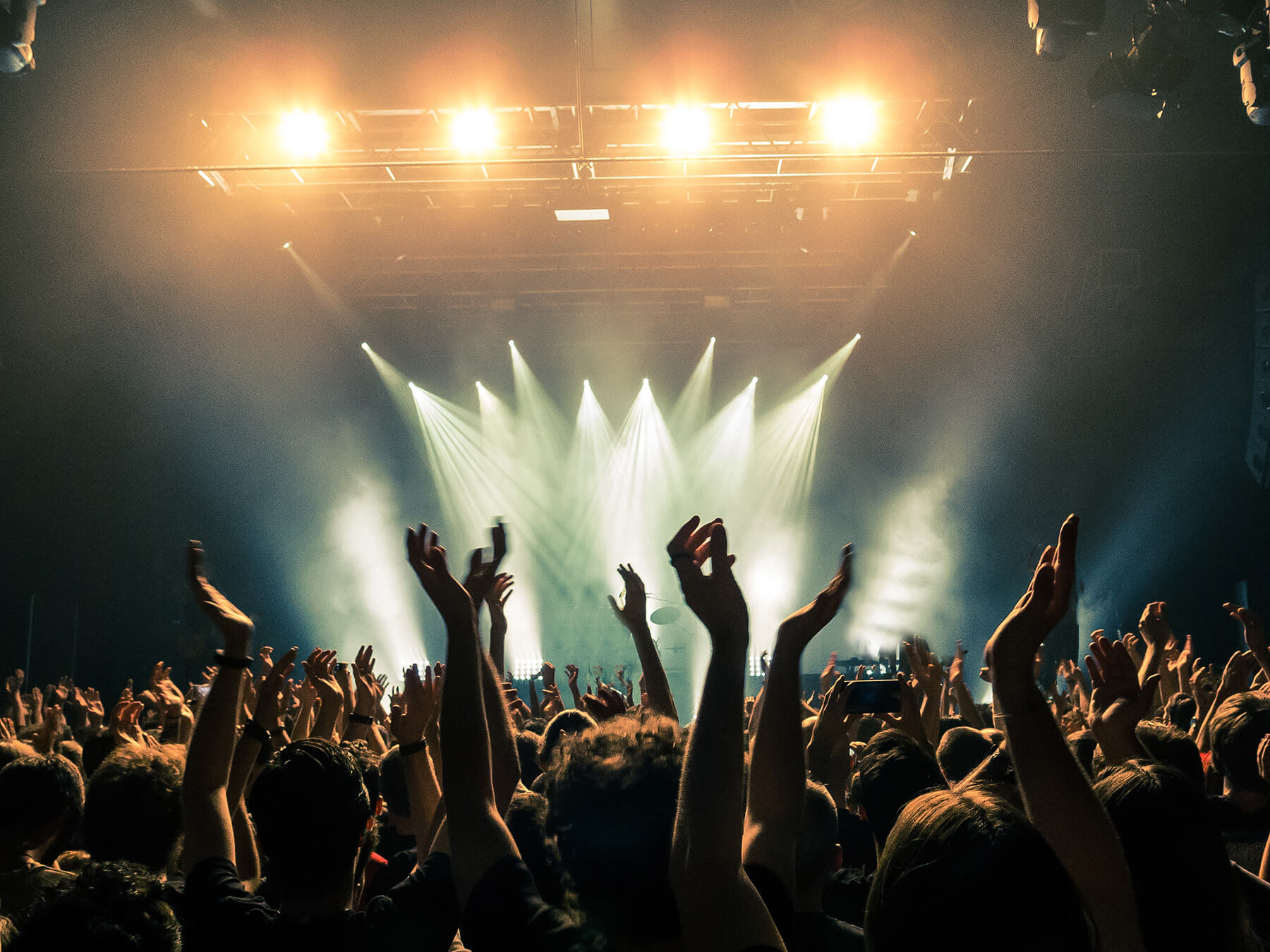
The array of debates, from the practicalities of queuing and navigating venue rules to the more subjective issues of how much noise or filming is too much, all underscore how passionate fans are about these events and how varied expectations can be. As pop culture events continue to grow in scale and cultural impact, the conversations around concert and movie etiquette will likely continue to evolve, reflecting the changing ways we consume entertainment and interact in shared spaces. The unwritten rules are constantly being tested and rewritten by the very people who show up – the fans themselves.
Let’s dive into the next layers of the ongoing conversation surrounding concert etiquette, moving beyond the general uproar over throwing things and excessive noise to look at more specific, yet equally debated, aspects of fan behavior. Two particular flashpoints stand out: the use and impact of fan signs, and the increasingly discussed practice of bringing very young children, even babies, into the often-cacophonous environment of a major live music event. Both raise fundamental questions about individual expression versus collective experience and safety.
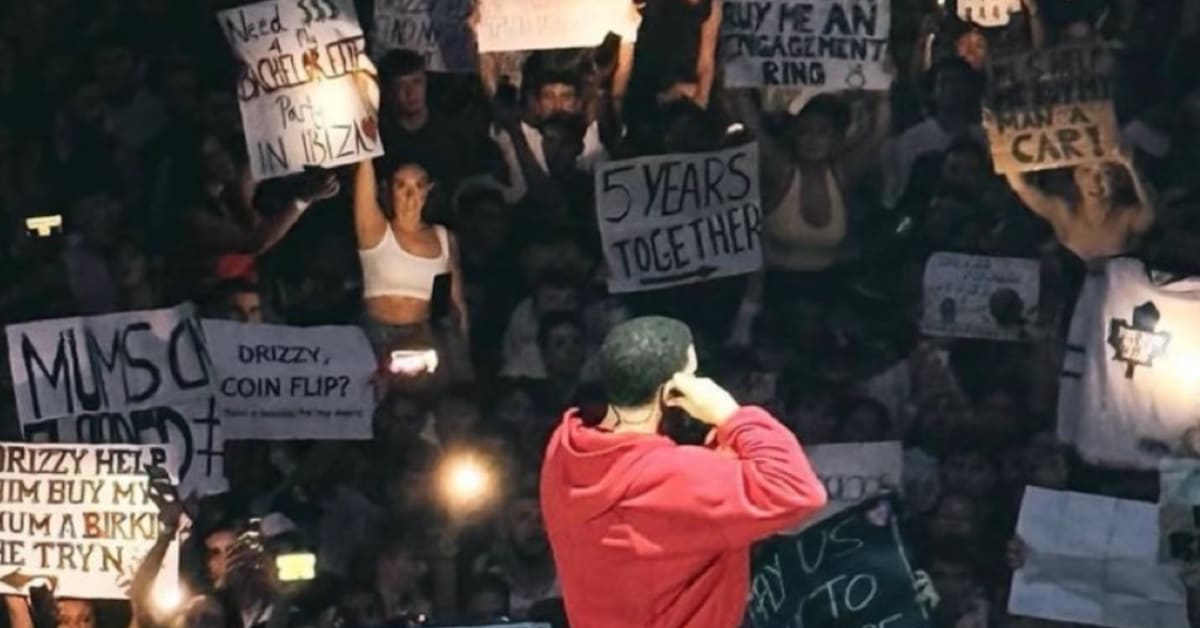
Fan signs, those handmade or printed messages held aloft by concertgoers, have long been a staple of the live music experience. For many, they’re a creative outlet, a way to connect directly with an artist, share a joke, or simply declare their devotion. They range from heartfelt messages to witty puns, personal anecdotes, or calls for interaction with the performer. However, they are also a frequent source of annoyance and debate among attendees, raising the ire of those whose views they obstruct. The simple act of holding up a piece of cardboard can unexpectedly ignite tensions in the crowd.
Years ago, music journalist Marc Hirsh famously dubbed fan signs “pure evil” and “the worst development” of the 2000s. His strong feelings stemmed from a perspective shared by many: that signs are fundamentally selfish. Hirsh argued they provide “nothing but arm fatigue and a misbegotten way of proving true fandom for the people holding them up,” while simultaneously causing “a deep, fuming rage for everyone else who paid upwards of $50 for the privilege of staring at the back of white posterboard for two hours.” This viewpoint crystallizes the frustration felt by those whose line of sight is blocked by signs, suggesting the personal expression of the sign-holder comes at the direct expense of others’ ability to see the performance they paid for.

Despite these strong criticisms, many fans and even some artists view signs in a more positive light. For some, they genuinely enhance the concert experience, not just for the person holding the sign but for others in the audience and even the performers. As one perspective shared in the context puts it, when signs are “done with taste and respect and not just for social media clout,” they can make “other concertgoers and the artists laugh.” This highlights the potential for signs to add moments of shared joy, humor, and connection within the massive, often impersonal, setting of an arena or stadium show.
The crucial qualifier here is “with taste and respect.” What constitutes an “inappropriate concert sign” is subjective, but one clear line is crossed when a sign makes an artist genuinely uncomfortable or forces them to address it directly. The case of Reneé Rapp is a notable example; while she sometimes engages with humorous or even slightly lewd signs, others have prompted her to establish boundaries. As she expressed on Instagram, “Sometimes signs are funny and other times they make me feel like a piece of meat!” She clarified that while she understands the intention might be humor, some messages simply make her feel “a little weird about it recently,” underscoring the artist’s perspective and the need for fans to consider the impact of their messages.

